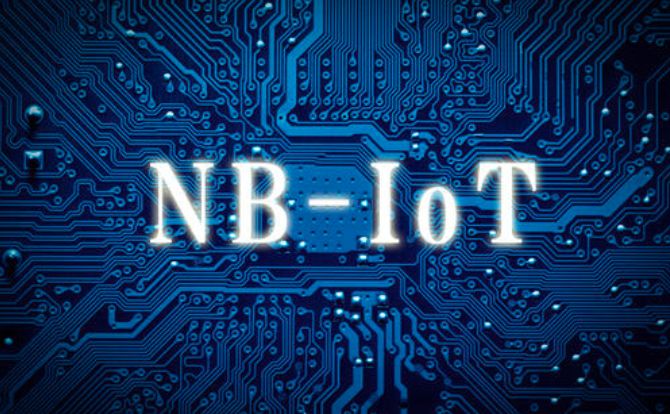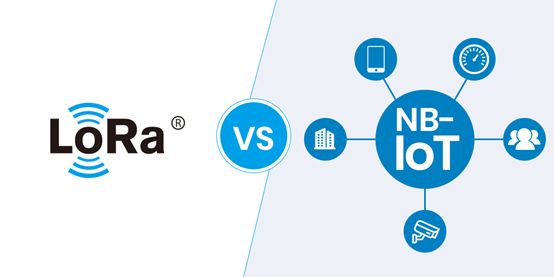

— Blogs —
—Products—
 Consumer hotline +8618073152920
Consumer hotline +8618073152920 WhatsApp:+8615367865107
Address:Room 102, District D, Houhu Industrial Park, Yuelu District, Changsha City, Hunan Province, China
Product knowledge
Time:2021-12-28 20:55:21 Popularity:989
NB-IoT network architecture and application introduction
The full name of NB-IoT is Narrow Band-Internet of Things. It is a narrowband Internet of Things technology based on cellular networks. It focuses on low-power wide area networks and supports the cellular data connection of Internet of Things devices in the wide area network. It can be directly deployed with LTE networks, which can reduce Deployment costs and smooth upgrades are an IoT technology that can be widely used worldwide. Its characteristics can be summarized as: wide coverage, low power consumption, low cost, and large connections.

NB-IoT end-to-end system architecture
Terminal: UE (User Equipment), connected to a base station (eNodeB (evolved Node B, E-UTRAN base station)) through an air interface.
Wireless network side: includes two networking methods, one is the integrated radio access network (Singel RAN), which includes 2G/3G/4G and NB-IoT wireless networks, and the other is NB-IoT newly built. It is mainly responsible for air interface access processing, cell management and other related functions, and connects to the IoT core network through the S1-lite interface, and forwards non-access layer data to higher-level network elements for processing.
Core network: EPC (Evolved Packet Core), which undertakes the function of interacting with the terminal's non-access layer, and forwards IoT business-related data to the IoT platform for processing.
Platform: Currently, it is mainly based on telecommunications platforms.
Application server: Taking the telecommunications platform as an example, the application server communicates with the platform through the http/https protocol, and controls the device by calling the platform's open API, and the platform pushes the data reported by the device to the application server. The platform supports protocol analysis of device data and converts it into standard json format data.
The typical narrowband Internet of Things architecture has three layers, namely the perception layer, the network layer, and the application layer.
Narrowband Internet of Things (NB-IoT) technology perception layer: It consists of various sensors, including temperature and humidity sensors, QR code tags, RFID tags and readers, cameras, infrared, GPS and other perception terminals. The perception layer is the source of the Internet of Things to identify objects and collect information. If you compare NB-IoT to humans, the perception layer is the sense organs such as eyes, nose, ears, and skin.
Narrowband Internet of Things (NB-IoT) technology network layer: It is composed of various networks, including the Internet, broadcasting network, network management system, and cloud computing platform. It is the center of the entire Internet of Things and is responsible for transmitting and processing information obtained by the perception layer. The network layer of the Narrowband Internet of Things is equivalent to the human nervous system and transmits various signals.

NB-IOT deployment
The Narrowband Internet of Things (NB-IoT) technology application layer is the interface between the Internet of Things and users. It combines with industry needs to realize the intelligent application of the Internet of Things. The application layer of the Internet of Things is equivalent to the human brain, responsible for analyzing and processing various data.
How to deploy the Internet of Things
1) Stand alone operation
is suitable for the GSM frequency band. The GSM channel bandwidth is 200KHz, which just opens up space for the NB-IoT 180KHz bandwidth, and there is a 10KHz guard interval on both sides.
2) Guard band operation
Utilize unused 180KHz bandwidth resource blocks in the LTE edge guard band.
3) In-band operation
Using any resource block in the middle of the LTE carrier.
NB-IoT occupies a bandwidth of 180KHz, which is the same as the bandwidth of a resource block in the LTE frame structure. Therefore, the above three deployment methods become possible.
Related recommendations
Sensors & Weather Stations Catalog
Agriculture Sensors and Weather Stations Catalog-NiuBoL.pdf
Weather Stations Catalog-NiuBoL.pdf
Related products
 Combined air temperature and relative humidity sensor
Combined air temperature and relative humidity sensor Soil Moisture Temperature sensor for irrigation
Soil Moisture Temperature sensor for irrigation Soil pH sensor RS485 soil Testing instrument soil ph meter for agriculture
Soil pH sensor RS485 soil Testing instrument soil ph meter for agriculture Wind Speed sensor Output Modbus/RS485/Analog/0-5V/4-20mA
Wind Speed sensor Output Modbus/RS485/Analog/0-5V/4-20mA Tipping bucket rain gauge for weather monitoring auto rainfall sensor RS485/Outdoor/stainless steel
Tipping bucket rain gauge for weather monitoring auto rainfall sensor RS485/Outdoor/stainless steel Pyranometer Solar Radiation Sensor 4-20mA/RS485
Pyranometer Solar Radiation Sensor 4-20mA/RS485
Screenshot, WhatsApp to identify the QR code
WhatsApp number:+8615367865107
(Click on WhatsApp to copy and add friends)